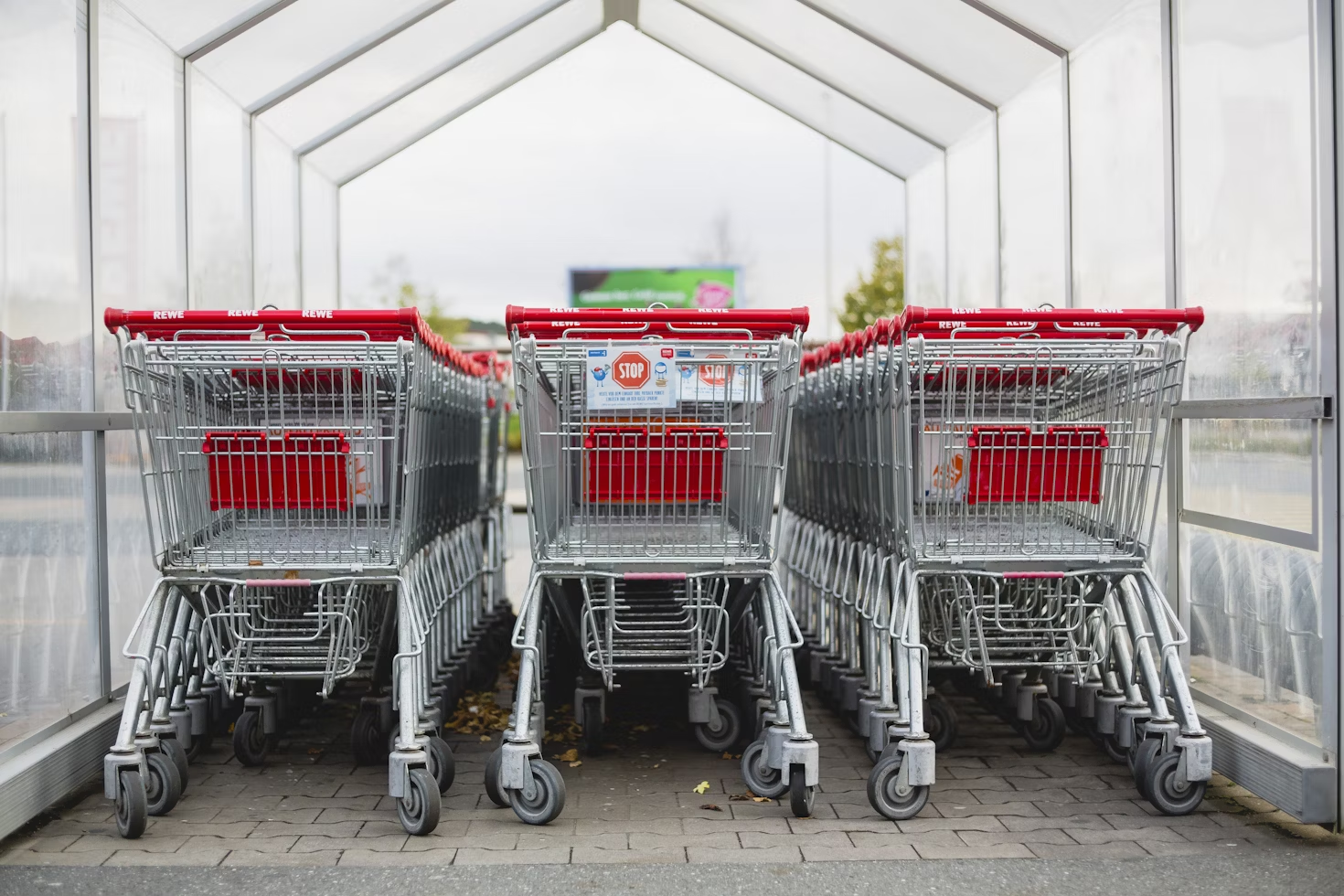In today's world, where every penny counts, shoppers are always looking for ways to save money. One savvy shopper thought she had found a clever cost-saving hack, but her method quickly sparked controversy. This shopper decided to buy only half a carrot to save a few cents, a strategy she shared on TikTok. While she intended to save money and reduce waste, her approach was met with mixed reactions online. In this blog, we’ll delve into her cost-saving hack, the public’s response, and the broader implications of such practices.
The Cost-Saving Hack

The Shopper’s Strategy
The shopper had a unique strategy for saving money while grocery shopping. She needed only a small amount of carrots to make a poke bowl lunch, but as is common, the carrots were only sold whole with no option to purchase a partial carrot. Rather than spending extra money on an entire carrot when she required just half, she took matters into her own hands.
At the supermarket, while no one was looking, she discretely snapped a carrot in half. She placed the unused half back for others to purchase if desired, and brought only the portion she needed to the checkout. This novel approach saved her eight cents on her purchase.
Pleased with her frugal find, she shared the "hack" on TikTok. However, commenters criticized it as wasteful, arguing no one would want the leftover half or it could end up in the trash.
The shopper defended her tactic, stating she bought precisely what was needed to avoid waste at home. She also argued her method gives other shoppers the choice to consume leftovers rather than stores automatically dictating purchases of full units only.
Related: 18 Must-Have Gifts for Dads Who Love to Cook
Public Reaction

Accusations of Wastefulness
Many commenters on the shopper's TikTok video were sharply critical of her unconventional grocery store hack. They argued that taking half a carrot and leaving the remainder was wasteful behavior.
Some stated that no reasonable shopper would want to purchase just half a carrot once it had been opened and tampered with. With an unfinished carrot left behind, there was a good chance it would simply end up being thrown out by the supermarket, as it could no longer be sold as a whole unit.
This needless disposal of still-edible food made the behavior ethically questionable in their view. Furthermore, critics attacked the idea that leftover halves might be wanted, saying the broken pieces were essentially destined for the trash.
The Shopper’s Defense
In response to the backlash, the shopper vigorously defended her novel approach. She rejected claims that her frugal half-carrot purchase would result in wastage, arguing that buying more than one person frequently leads to leftovers spoiling at home before consumption.
This outcome, she stated, was a surer source of wasted food. Additionally, she stood by her belief that another customer might happily take the portion remaining if given the opportunity. Rather than condemn her actions, the shopper urged consideration of how supermarkets currently enforce bulk-only buying policies, which can cause unintended over-purchasing by consumers.
From her perspective, the strategy simply allowed buying precisely what was needed to optimize value for money while reducing personal food waste.
Related: Where to Dine with Dad: 5 Best NYC Spots for Father's Day
The Broader Debate

Food Waste at Home vs. In Stores
The controversy highlights a broader issue: the balance between minimizing waste at home and in stores. The shopper argued that it’s more wasteful to purchase a whole carrot and let half of it spoil at home than to leave half in the store, where it might still be sold or donated. Many people face this dilemma when recipes call for small quantities of ingredients, leaving them with excess that often goes unused.
Supermarket Policies and Consumer Rights
Commenters suggested that the shopper should simply eat the whole carrot, but she countered that supermarket policies shouldn’t force consumers to buy more than they need. She compared this to other instances where consumers must buy entire bunches of celery or spring onions when they only need a small portion. By only buying what she required, she argued, she was promoting a more efficient use of resources.
Related: Aspinal of London’s Summer Sale with Up to 50% Off
Potential Solutions and Considerations

Alternative Approaches
While the shopper’s hack sparked debate, it also opened up a conversation about potential solutions. For instance, supermarkets could consider selling loose, single items for vegetables that are often sold in bunches or larger quantities. This would allow consumers to buy precisely what they need without contributing to waste.
Community Sharing and Donations
While the shopper believed her tactic prevented wastage, her critics argued it could still result in leftover food being thrown out. An alternative approach put forth is for shoppers to participate more in community sharing and donation programs for excess produce.
If a family unexpectedly finds themselves with extra carrots, celery or other items after a shopping trip or recipe, rather than simply discarding the leftovers, they could offer them to neighbors instead. This helps ensure that surplus food that would otherwise be binned gets consumed.
People could also donate unneeded but still edible portions to local food banks, soup kitchens or food rescue organizations. These groups are often seeking donated food to distribute to those in need.
By connecting extra portions with others through community cooperation and assistance programs, much more of the leftover produce would likely be consumed rather than trashed.
This resolution satisfies both the environmental imperative to reduce waste as well as the social need to help feed disadvantaged community members. It offers a collaborative solution over an individual act at the supermarket.
Related: Top 16 Gifts for Doctors: Expert Recommendations for Father's Day Celebration
Conclusion
The shopper’s grocery store cost-saving hack ignited a discussion on social media about waste, consumer rights, and supermarket policies. While her method of buying only half a carrot was intended to save money and reduce waste at home, it was criticized for potentially contributing to waste at the store.

However, her actions also highlighted the need for more flexible purchasing options and better solutions for food waste management. In the end, her hack may not be perfect, but it serves as a reminder that everyone can play a part in reducing food waste.
By finding innovative ways to use and share surplus food, consumers can contribute to a more sustainable and efficient food system. Whether through individual actions or broader policy changes, the goal should always be to minimize waste and make the most of the resources we have.


